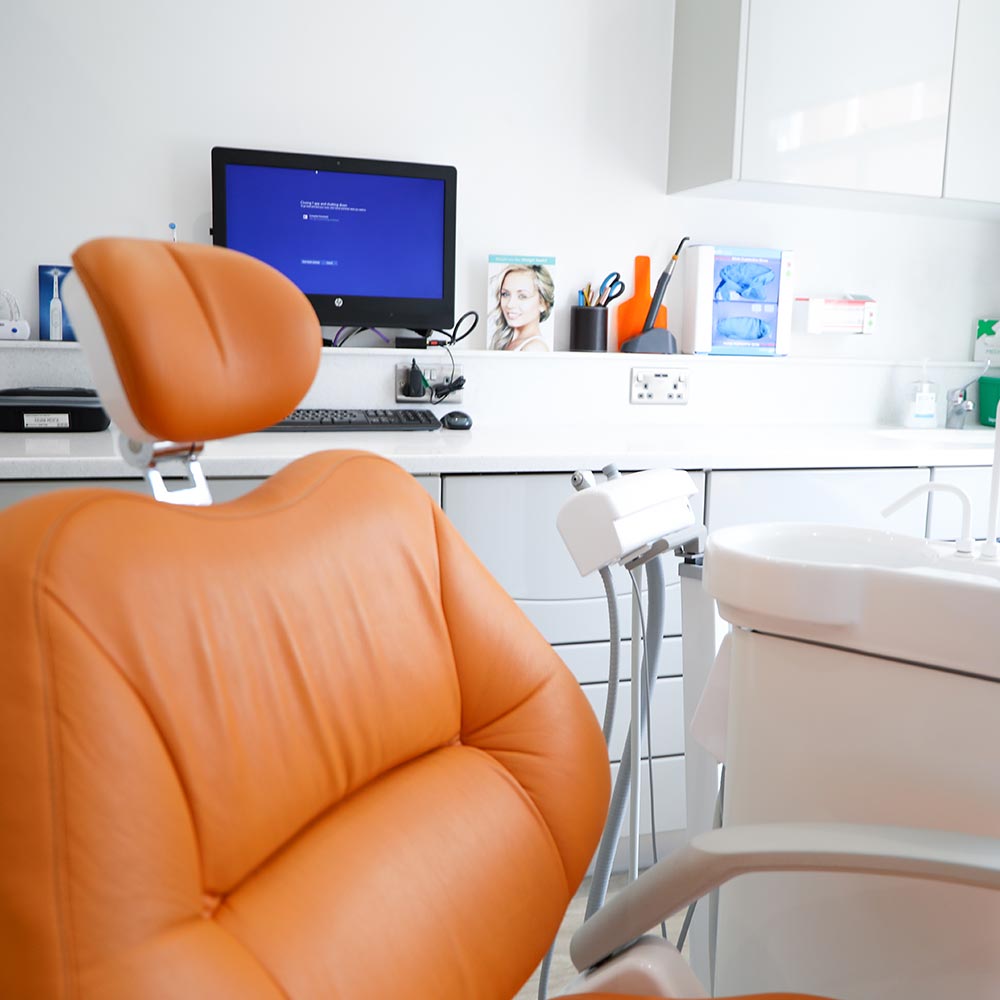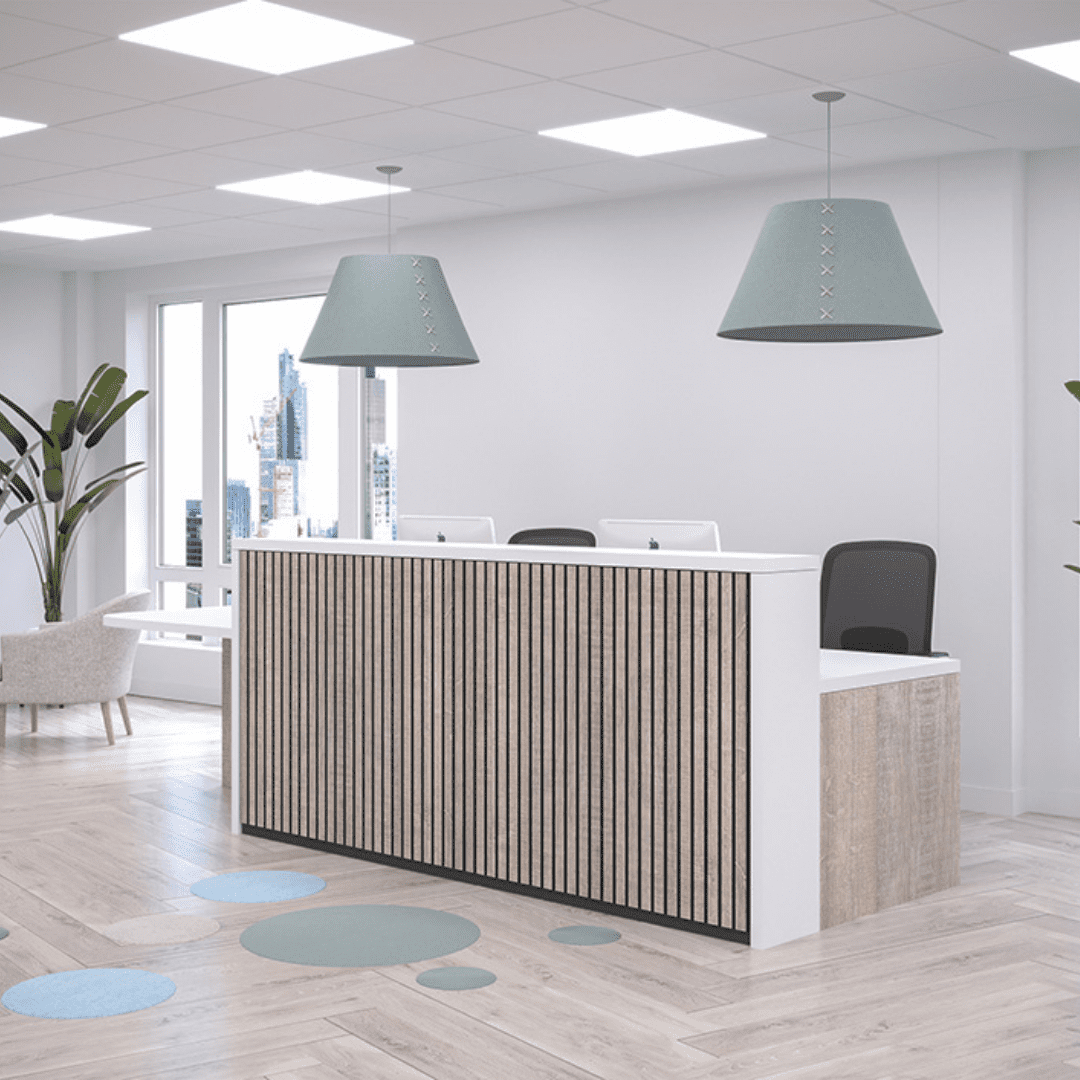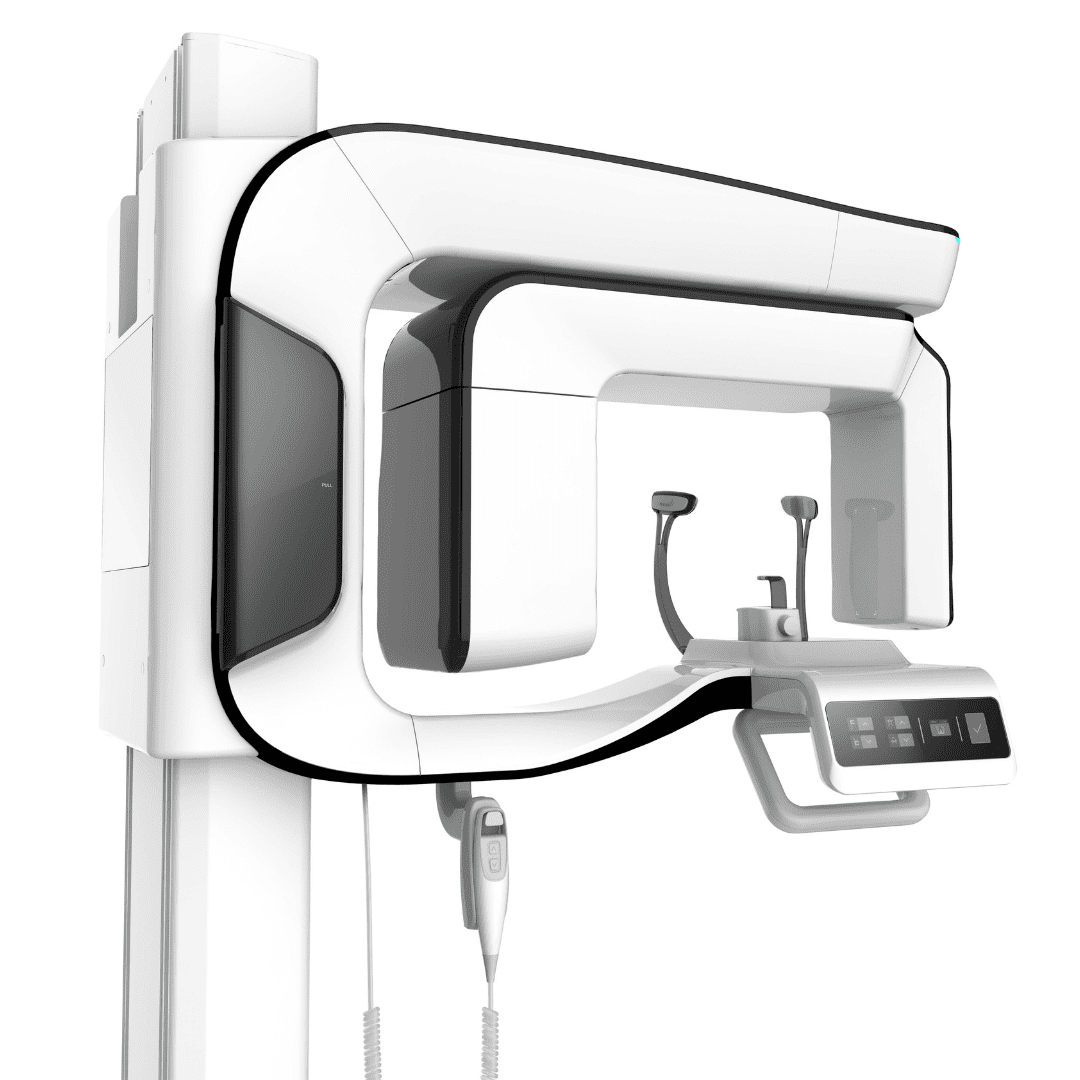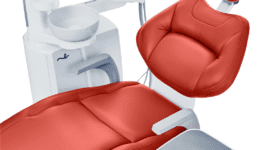Jim Hague, Sales Director at Hague Dental, provides valuable insights on accurately calculating your budget for a new practice build or refurbishment. By following these guidelines, you can avoid common financial pitfalls and ensure a successful project.
When embarking on the cost estimation process for a new squat practice or dental practice refurbishment, it is crucial to have a clear understanding of your overall objectives and the necessary requirements. This knowledge will enable you to create an accurate budget that encompasses all aspects of the project.
Consider the following:
Professional Services: Engage solicitors, architects, and your specialist dental supply company from the beginning to handle surveys, concept plans, planning applications, mechanical and electrical (M&E) drawings, as well as building control and structural engineering.
Construction Costs: Account for the expenses associated with the actual building work, including the installation of services behind walls, above ceilings, and below floors. Additionally, factor in costs for equipment, cabinetry, reception areas, and internal and external displays.
Regulatory Compliance: Take into consideration various regulatory requirements such as CQC standards, HTM 01-05, and the Disability Discrimination Act (DDA) 1995.
Marketing Budget: Allocate funds for social media promotion, website development, and miscellaneous marketing expenses.
These considerations are just the beginning; there is much more to be done before any tangible progress is made.
Divide and Conquer
Once you have a comprehensive overview, you can assess the project’s viability. It may seem overwhelming when you see the bottom line of your budget but breaking it down into stages can make it more manageable. Instead of attempting to accomplish everything at once, consider dividing the plan into phases.
For example, if your initial goal was to have six surgeries, you could start with two and focus on achieving excellent quality and future-proofing. This approach allows you to progress in the right direction while managing your finances effectively. Determine the objectives for each phase and plan for a build and budgetary break that minimizes disruption and allows your business to flourish.
Assigning Budgets to Each Stage
By making well-informed decisions, you can allocate a budget to each stage of the project, ensuring financial control throughout. A phased plan ensures that each step is completed thoroughly while considering your financial capabilities at any given time.
Contingency Budgeting
To avoid the undesirable situation of overspending, it is essential to establish a contingency plan. For those dentists going it alone, overspending occurs frequently. Therefore, it is crucial to include two financial cushions in your budget.
The first cushion accounts for potential variations to the original plan, with a recommended contingency of around 10%. However, for high-end projects, allocating up to 30% as a contingency may be wise. The reality is that if you are having to make changes to the original plans as you go along, there’s a good chance you will overspend on builders, plumbers, electricians, each twiddling their thumbs on site, waiting for a plan to be redrawn and approval to keep working given.
The second cushion is meant to support your new practice during a slow start. It provides additional funds for marketing initiatives or staff incentives to attract and retain the right team members. Given the current shortage of associates and other professionals, creating an appealing work environment is vital.
Mitigating Potential Problems
By now, you can see the possible pitfalls that lie ahead if you lack the necessary knowledge. To avoid such complications, it is crucial to appoint a project manager. Otherwise, you may end up assuming that role yourself, which can be overwhelming and require a steep learning curve.
As the project manager, you’ll need to coordinate various aspects, such as branding, IT, websites, architects, structural engineers, building companies, cabinetry specialists, reception experts, and equipment providers. Additionally, you must ensure compliance with regulatory standards like HTM 01-05 and Approved Document M (a building regulation in England that ensures people are able to access and use buildings and their facilities).
Alternatively, you can entrust the entire project to a company like Hague, offering turnkey solutions for practice refurbishment.
‘But it costs more,’ you might argue. Yes, initially it may seem that way, but in the long run, it’s highly likely that the benefits outweigh the expenses. Building or squat practice or refurbishing a practice involves numerous variables and complexities beyond a typical house renovation.
As a clinician, your expertise lies in providing exceptional care to your patients. Similarly, as a company specialising in end-to-end solutions, surgery design, practice refurbishment, equipment installations, and ongoing support, we excel at what we do.
Consider this: Wouldn’t you prefer to stay within your budget and minimise stress while simultaneously pursuing your professional goals? By entrusting the project to an experienced company such as Hague, you can focus on what you do best. We will ensure that your professional dreams become a reality, all within your budget and delivered on time.
If you’re interested in learning more about how Hague Dental can assist you in project managing your practice refurbishment or new squat build, please visit www.haguedental.com, send an email to enquiries@haguedental.com, or call 08002985003.
General Estimation:
While it’s important to note that costs can vary significantly, it can be helpful to provide a general estimation to give you a sense of the budget required. Please keep in mind that these figures are approximate and may not reflect your specific circumstances.
Concept design, branding, and full practice layouts = £12,000 to £18,000
Project management = £5,000 to £15,000
Per square metre for build refurbishment (consider the benefit of scale on larger properties, and dependent upon on finish required) = £1,000 to £2,000 plus VAT
Reception = £25,00 to £30,000
Interior decoration = £25,000 to £35,000
Main surgery = £45,000 to £70,000; second surgery = £40,000 to £60,000; hygiene room = £30,000 to £45,000
Digital room (including CBCT and scanner) = £50,000 to £70,000
Sundries per surgery to get started = £7,000 to £10,000
Website, dependent upon complexity and whether eCommerce, etc. = £2,000 to £12,000
IT costs can vary greatly so discuss your requirements with a specialist and then budget accordingly.









